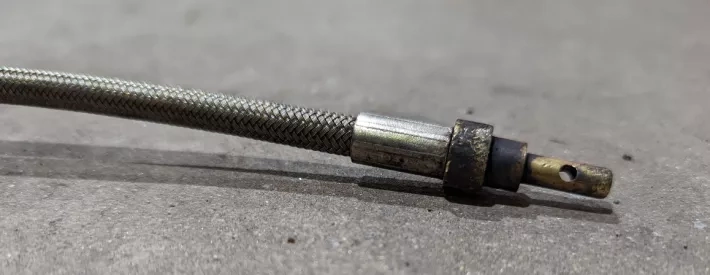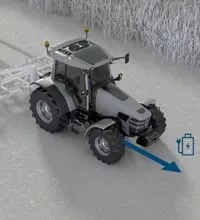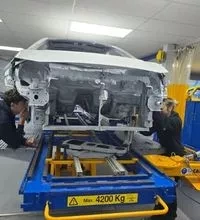Keep your Exhaust Gas Analyser perfectly maintained

As the cost of business increases, don’t let lapses in simple maintenance trip up essential equipment.
Official statistics show that annual average mileages are dropping for vehicles, but while some motorists might feel their vehicle may not require servicing as it isn’t being used as much, it could mean an increase in poorly running engines arriving at your business.
If a vehicle hasn’t been looked after, even if it has travelled fewer miles, and its engine isn’t on top form then it can cause havoc with your Exhaust Gas Analyser (EGA).
The EGA is an important component when you’re gathering evidence to demonstrate engine health as part of an MOT.
So, keeping on top of its maintenance can keep your machine running at its best when asked to work that bit harder processing pollutants.
Keep it simple
The first point of call should be checking your model’s handbook for specific maintenance instructions. But there are also some basic, daily checks that you can do too.
Keep the EGA clean and debris free, as tempting as it is to use your machine as coffee table, try not to. In addition to PC basics (don’t pour your tea into it) there is also a sweet spot for switching it on and off. Leaving the PC on all day is less stressful and time consuming than turning it on and off repeatedly – but it is a constant stress on components, so shutting it down correctly at the end of the working day is advised. The risks are greater for older computers as a traditional hard disk drive has moving parts, whereas a solid-state drive is more robust.
Water traps needs to be emptied every day, taking care not to cross thread or damage the bowl as they can be expensive to replace. O-rings needs to be inspected and replaced when necessary to avoid terminal gas bench failure. Most machines advise only to use gentle weak solutions of soapy water for cleaning, and a smear of inert silicone petroleum jelly to help the O-ring seat and seal correctly.
Sample probe checks can be completed when the required vacuum test is checked before the first test of the day. Most manufacturers advise to only use mild soapy water for cleaning when required and daily inspections to the probe tips for damage are advised. When not in use, dry hoses should be returned to the trolly and coiled correctly.
Weekly checks
For the PC, heat is the enemy! Make sure the PC components are free of dust and have adequate ventilation as this will reduce the risk of failure. Don’t be tempted to use a vacuum cleaner as it can create static electricity which can damage computer components, canned air or a very gentle airline are easier to use.
Dust the printer (if used) with a clean, soft cloth as particles can get the smallest part of the printer causing issues.
Filter bowls require similar treatment to the water trap, but extreme caution is advised. There are models that do not sell these filter bowls separately and a crossed thread or damaged bowl can necessitate the purchase of the entire manifold, a bad day when these run into hundreds of pounds and are not easily available. Along with the removal of moisture, replacing filters when required can prevent low flow or contamination issues as well as gas bench failure. Only use mild soapy water for cleaning, ensure they are dried carefully, check the O-rings for pinching or damage (these can be frequent offenders for vacuum issues if the hose is not compromised) and apply a small amount of inert silicone petroleum jelly to help it seal and seat.
In line filter (if fitted) should be checked weekly and replace when required, ensuring it is placed in the correct direction.
Oil probes are generally more often used with the Diesel Smoke Machine (DSM) but are also used with the EGA in the event of a vehicle not passing the initial Basic Emissions Test procedure. They can be inspected with the DSM, or alongside the EGA if you don’t test many diesels.
Annual checks
O2 sensors need to be checked and are usually replaced every 6-12 months depending on usage. Checking their voltage is usually possible through the PC (Oxygen Cell Diagnostics), dropping out of the required voltage range indicates a need for replacement, the installation procedure set by the manufacture should then be followed.
All machines have a manufacturer’s manual that will generally have a fault-finding guide, be careful not to compromise any seals that impact the calibration of the machine. Like cars, many issues can be avoided with regular maintenance, but anything that crops up can usually be found with a logical fault-finding sequence.




